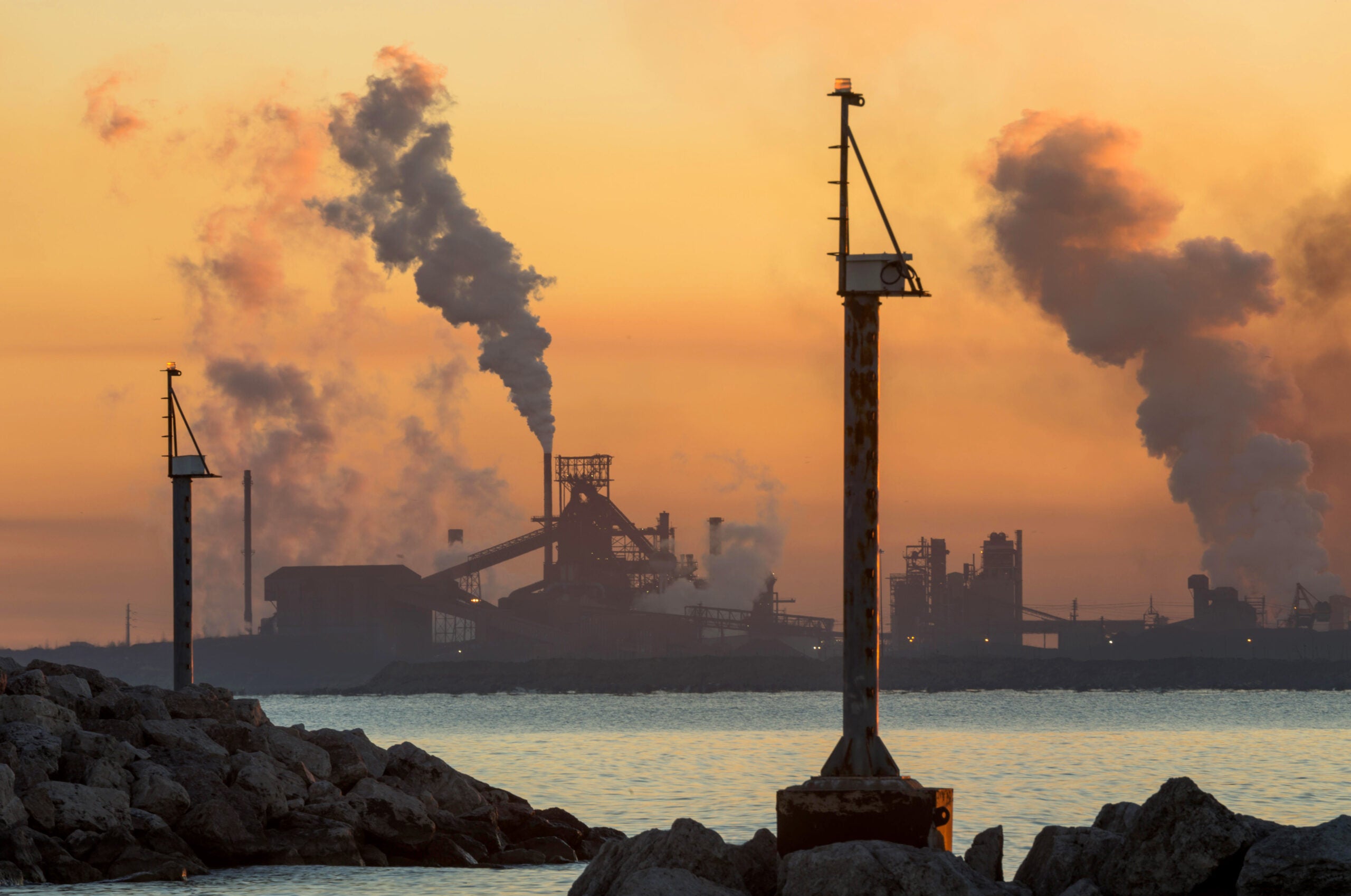EPA Proposed Steel Mills Emissions Rule Fails to Protect Nearby Communities
Steel production is highly polluting and is one of the worst sources of toxic heavy metal air pollution
Contact
The Environmental Protection Agency (EPA) this week proposed weak amendments to its decades-old rule to reduce toxic air emission limits from steel mills, a highly polluting process that releases huge quantities of arsenic, chromium, lead, and other hazardous air pollutants into nearby communities.
The proposed rule fails to protect people living near the facilities because, by EPA’s own account, it requires no reductions at all in some of the most toxic pollution that steel mills emit. In addition, it allows steel mills to continue emitting hundreds of tons of toxic metals, including arsenic, chromium, and lead.
“Under this proposed rule, steel mills will remain some of the worst toxic polluters in the country,” said Earthjustice Director of Clean Air Practice James Pew. “A reduction in their toxic emissions of just 15%, which is all the rule will achieve, does not come close to providing adequate protection for people living near these steel mills as they will still be exposed to hundreds of tons of toxic air pollution. EPA must hold these steel mills accountable for the irreversible damage they have caused to people’s health and fulfill its promise to protect environmental justice communities.”
EPA states its new limits for the uncontrolled pollution coming from steel mills’ smokestacks will do nothing to reduce the mills’ emissions. It states the new work practices for uncontrolled “fugitive” emissions that pour out of the mills’ roof vents will reduce these emissions by just 20%. Overall, the rule will reduce steel mills’ toxic pollution by about 15% and cost the two companies that own all the nation’s 11 integrated iron and steel mills almost nothing, about $5 million per year, which amounts to less than 0.02% of their $44 billion in annual revenues.
Everyone is impacted by the production of steel but especially people living near these facilities and those who work in the steel mills. EPA’s demographic analysis shows 27% of people living within 5 kilometers of a steel mill are Black, more than twice the percentage of Black people in the U.S. population. Studies show that people working in steel mills have an increased risk of developing mesothelioma, an extremely aggressive form of lung cancer. Four of the 11 steel mills operating in the U.S. are clustered in northwest Indiana.
EPA emission estimates indicate that people living near these four mills are exposed to more than 80 tons of toxic metal emissions each year. Lead, a highly toxic metal that damages children’s brain development and is a probable human carcinogen, likely makes a large portion of these emissions. Studies show pollution exposure to steel mill emissions increases the risk of cardiovascular mortality and lung disease.
Steel mills also emit large quantities of toxic organic chemicals, including dioxins, as well as acid gases, including hydrogen chloride, hydrogen fluoride, and chlorine gas. Short-term exposure to high levels of dioxin can cause skin lesions and alter liver function. Long-term exposure to even tiny amounts of dioxins is linked to impairment of the immune system, the developing nervous system, the hormone system, and reproductive functions. EPA has identified dioxins as a probable human carcinogen. The proposed rule, however, does nothing to reduce these emissions.

Additional Resources
About Earthjustice
Earthjustice is the premier nonprofit environmental law organization. We wield the power of law and the strength of partnership to protect people's health, to preserve magnificent places and wildlife, to advance clean energy, and to combat climate change. We are here because the earth needs a good lawyer.